The city - sliced, diced and served with a dash of sauce

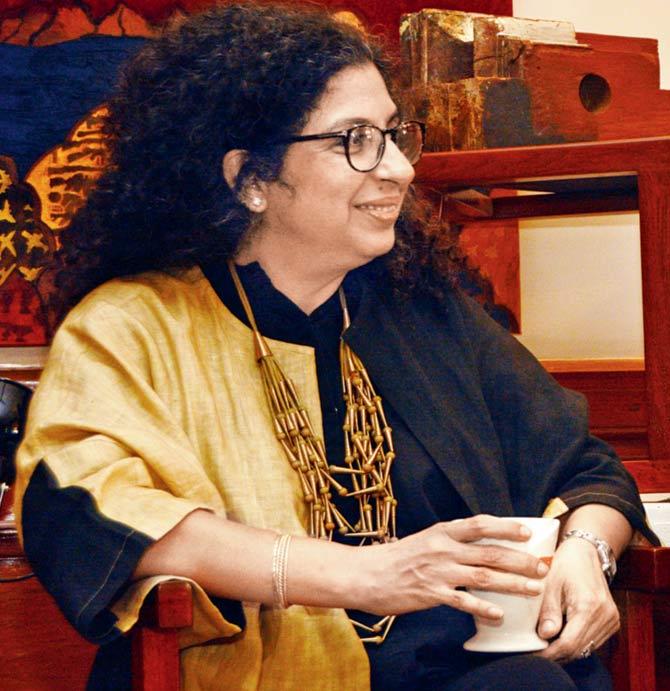
Shireen Gandhy
ADVERTISEMENT
Turning the page
TOP city gallery, Chemould Prescott Road, brought in its 50th anniversary with much pomp, through a series of well-curated exhibitions called Aesthetic Bind. The exhibitions were shown through 2013 and 2014, and were curated by the formidable New Delhi-based curator, Geeta Kapur.
There is a chance now to re-live the exhibition through the pages of a new book with critical essays by leading practitioners and critics alongside Kapur's own curatorial vision. Called Aesthetic Bind - 50 Years of Contemporary Art, the book is planned for a launch with the Kiran Nadar Museum of Art early next month.
Shireen Gandhy, the gallerist behind Chemould, tells us that the book has become a real record of the exhibition. What's more, its engaging design is by Indian Memory Project's Anusha Yadav, with the kind of thought that Kapur put in for the exhibition.
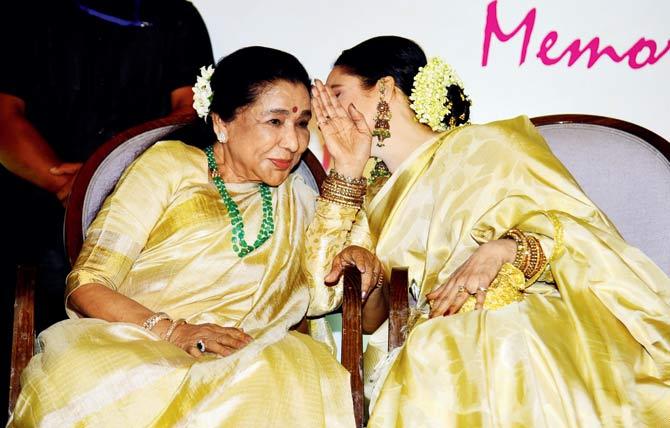 Pic/Atul Kamble
Pic/Atul Kamble
Aye, kya bolti tu?
Golden girls Asha Bhonsle and Rekha exchange an important piece of gossip at an award ceremony in Juhu on Friday.
East is east
Last October, entrepreneur Reena Pereira-Almeida decided to start the East Indian Memory Company, a cultural initiative to put the spotlight on the community. Recently, the portal (they also have an Instagram and Facebook page) was felicitated by the Mobai Gaothan Panchayat, an NGO that works towards the welfare of East Indians, in recognition for their work.
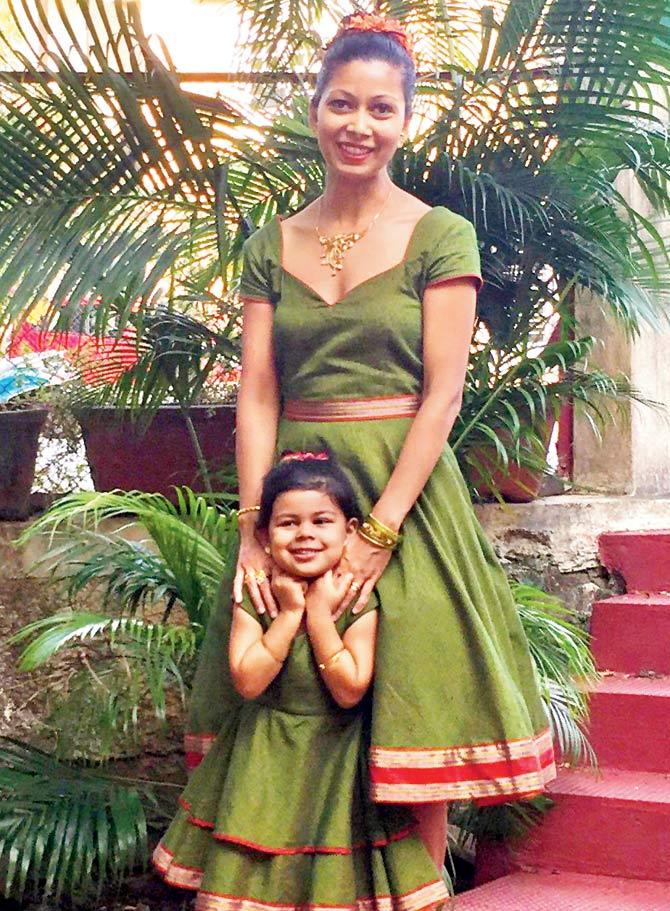
Reena and her daughter wear the lugra dresses she designed
Born in Vasai and now settled in Brisbane, Almeida says the idea emerged from the ignorance among people about East Indians. "When I say I'm East Indian, it draws a puzzled expression. They confuse us with those who hail from Eastern India. So, this was a way of reasserting my roots."
Apart from anecdotes and photographs documenting East Indian families in the city, EIMC also aims to showcase contemporary fashion to the community. "I've reinterpreted the lugra, a traditional East Indian 10-yard saree, and
it's quite a hit," she says.
That's such Arlott of money!
That cricket is a crazy game and its followers are crazier was brought home to us yet again when we stumbled on an item which is up for sale on a cricket memorabilia website. No, it's not an autograph bat or a signed ball. Not a stump either. But we were stumped to find eminent writer and broadcaster John Arlott's (in pic) reports written during the Lord's Test between India and England in 1974 for sale.
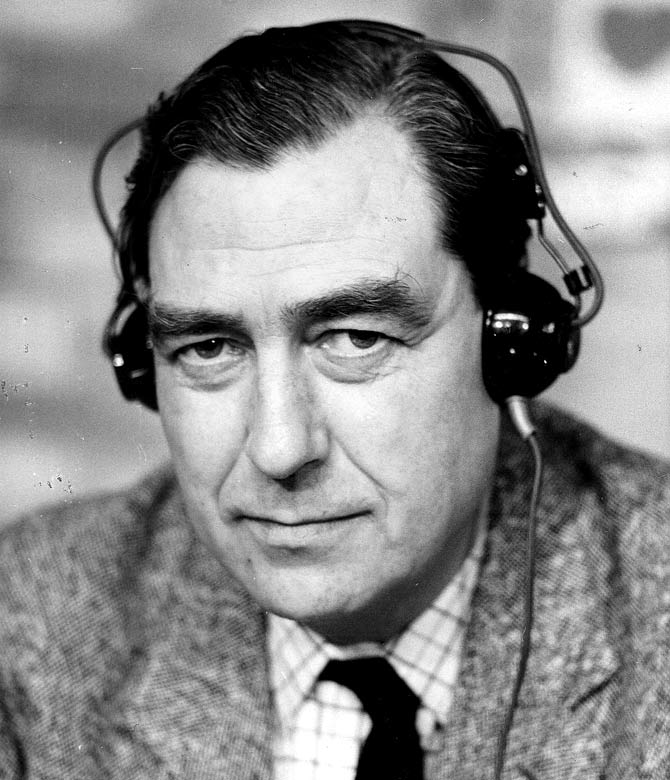
This was the game that ended with Ajit Wadekar's Indians being bowled out for 42 courtesy English swing exponents Geoff Arnold and Chris Old. The tourists lost by an embarrassing margin of an innings and 285 runs. The description of the item besides an image of one of the sheets says: "Eleven sheets of typescript, heavily annotated and amended in Arlott's distinctive hand in black ink. Each sheet is headed "Guardian."
These would be typed by Arlott on his portable typewriter, amended and annotated, and then phoned in to the copytaker. It is fascinating to see how Arlott produced his copy. The first draft was done at some stage in the afternoon and then amended as play progressed, or as Arlott thought of a better phrase." The late Arlott, who also covered India's tour of England in 1946, was certainly a key voice in the game, but are these 11 sheets worth 450 pounds (approx Rs 40,000)? Our cricket nut sitting a few desks away is flabbergasted.
Hug this travelling teddy for free
If you see a life-size teddy bear coming your way, whether it's on the streets or even in the train, don't be scared. It's part of a therapy campaign that's being undertaken by city artist Gayatree Joshi. A friend of hers donated a life-size teddy bear to Joshi, who has been working in the social sector for 18 years. Basically, one gets to hug the teddy bear, for as long as they want, to de-stress themselves.
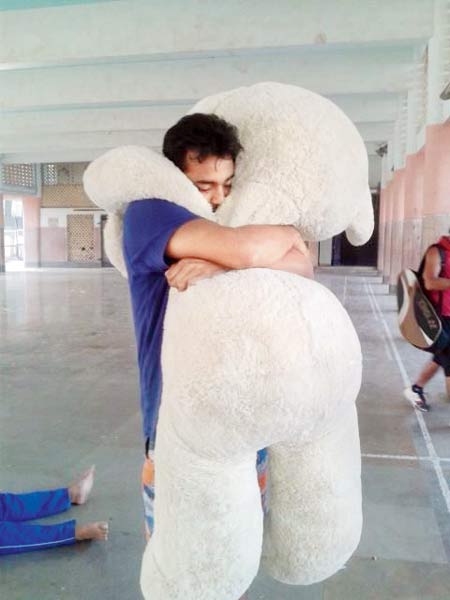
"Science has proven that hugs are one of the best ways to relieve yourself from stress and anxiety. Our culture is not one that encourages show of affection, especially through hugs. The effect of hugging is almost an instant smile on your face." She has held sessions at Tata Memorial Hospital, for the Indian Army and police officials, sportspersons and even with local train communities.
When The Beatles came to India
It was at the peak of The Beatles' career when George Harrison discovered the sitar in 1965. Three years on, following an eerie series of events, Harrison and band found themselves in Rishikesh. A new book, Across the Universe (Penguin Random House) by veteran journalist Ajoy Bose, traces the path that The Beatles took to India and the dramatic denouement of their sojourn at the Himalayan ashram.
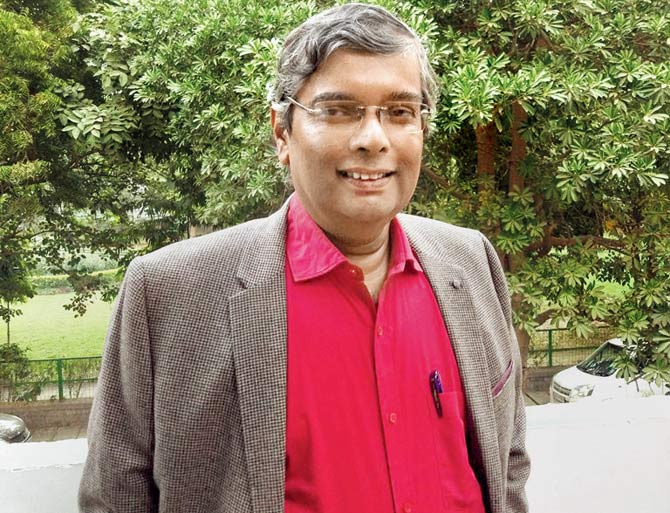
While tonnes of material is already available on their spiritual quest, the 50th anniversary of their trip to Rishikesh, says Bose, "is perhaps a better occasion than any other to remember how and when India cast its spell on this legendary band". Fans, we know, will never tire of this story.
Catch up on all the latest Mumbai news, crime news, current affairs, and also a complete guide on Mumbai from food to things to do and events across the city here. Also download the new mid-day Android and iOS apps to get latest updates
 Subscribe today by clicking the link and stay updated with the latest news!" Click here!
Subscribe today by clicking the link and stay updated with the latest news!" Click here!






